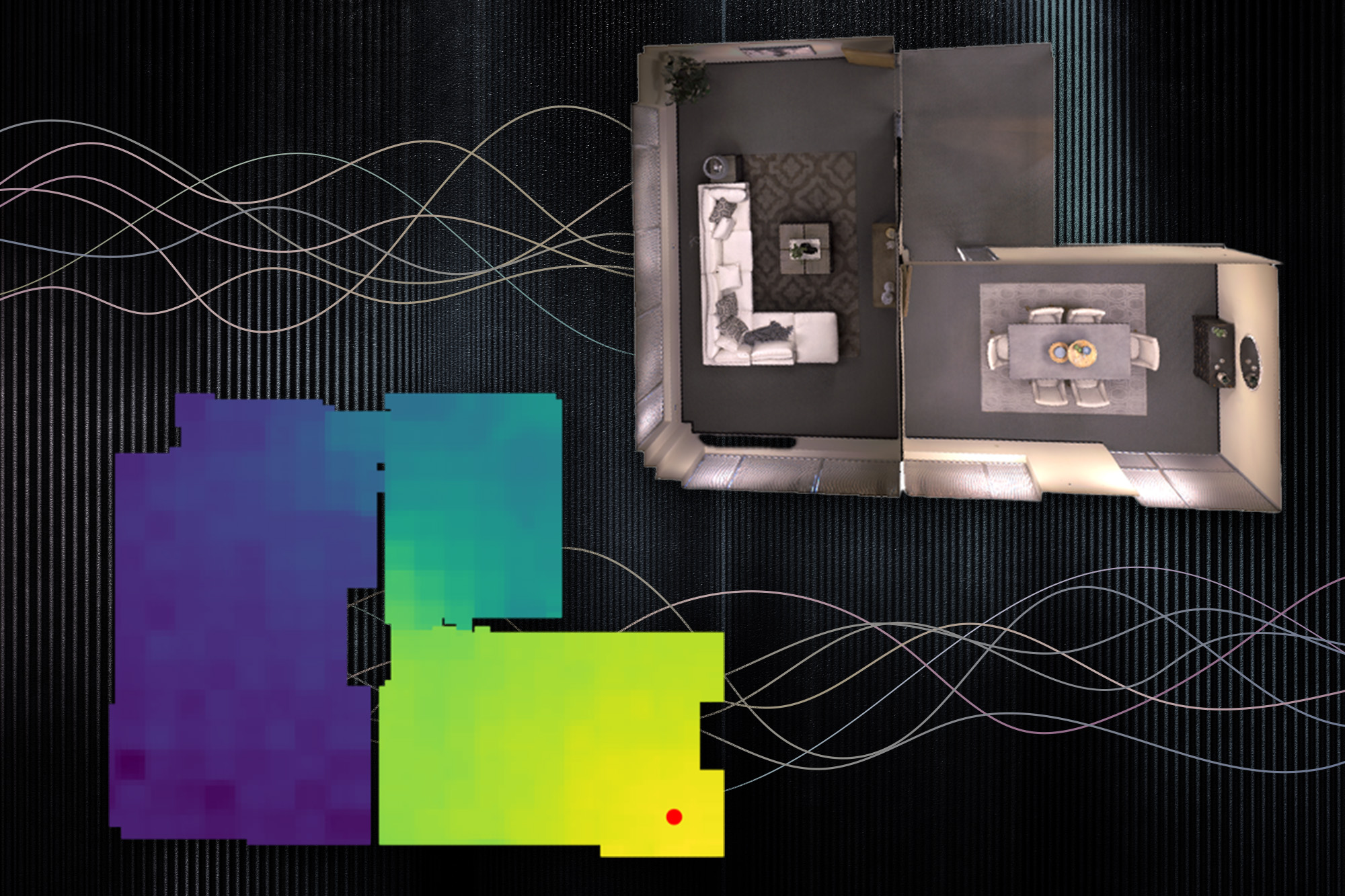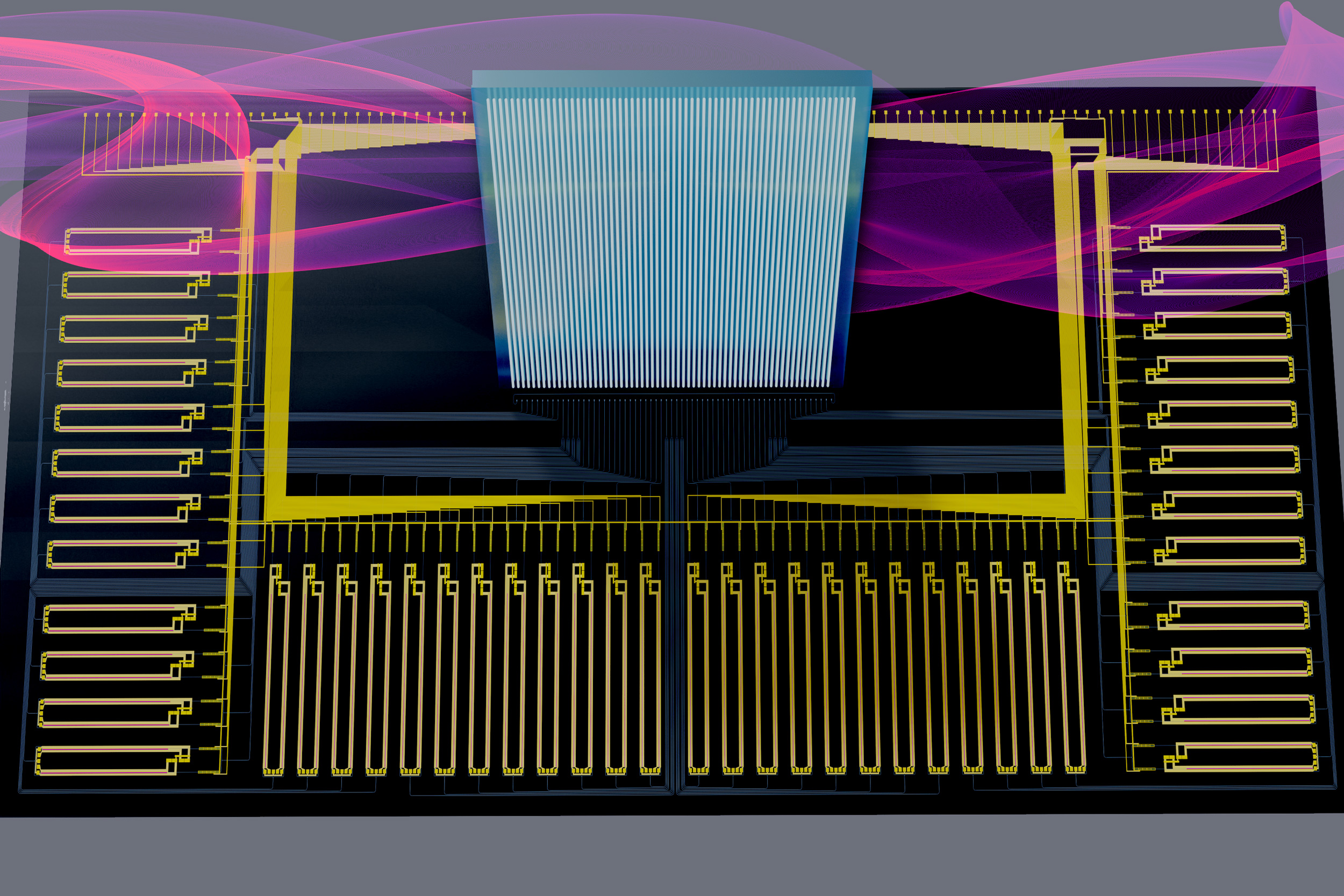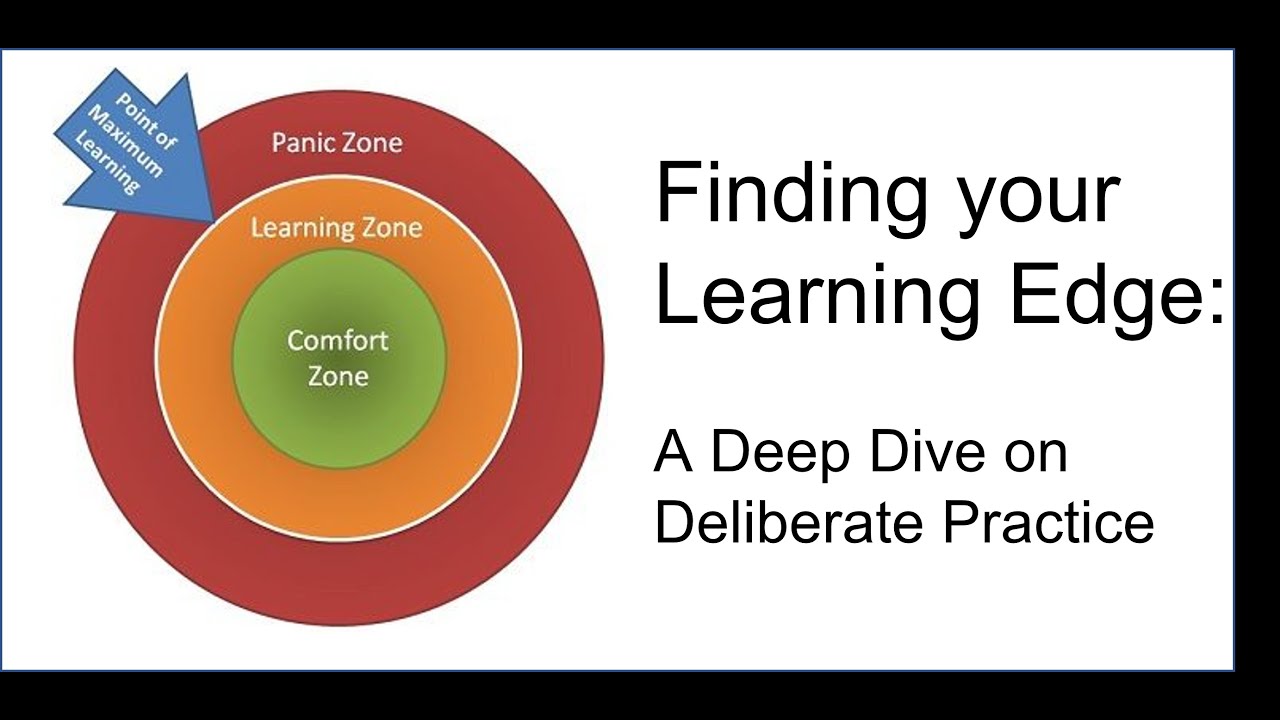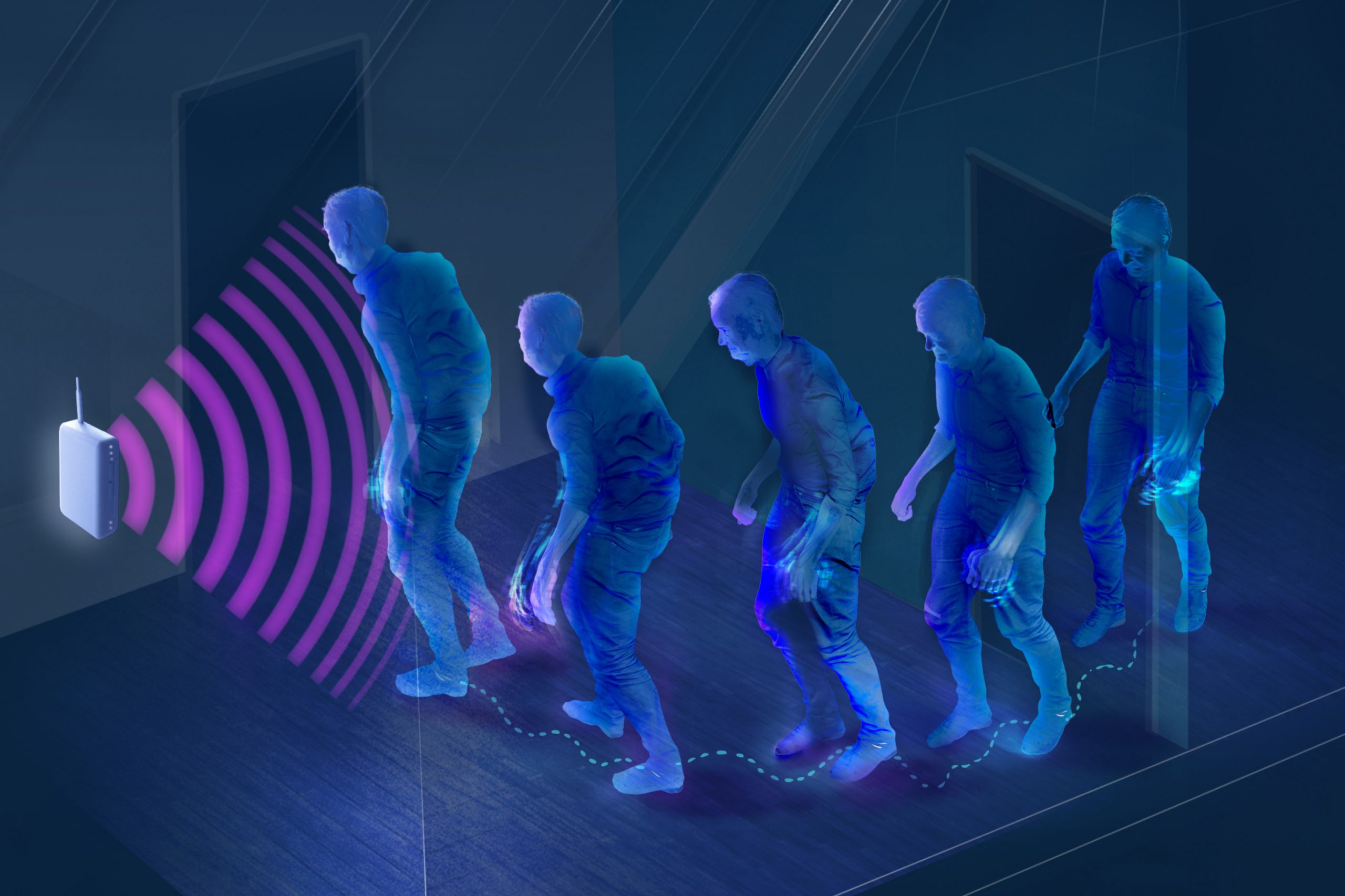Program teaches US Air Force personnel the fundamentals of AI

A new academic program developed at MIT aims to teach U.S. Air and Space Forces personnel to understand and utilize artificial intelligence technologies. In a recent peer-reviewed study, the program researchers found that this approach was effective and well-received by …








